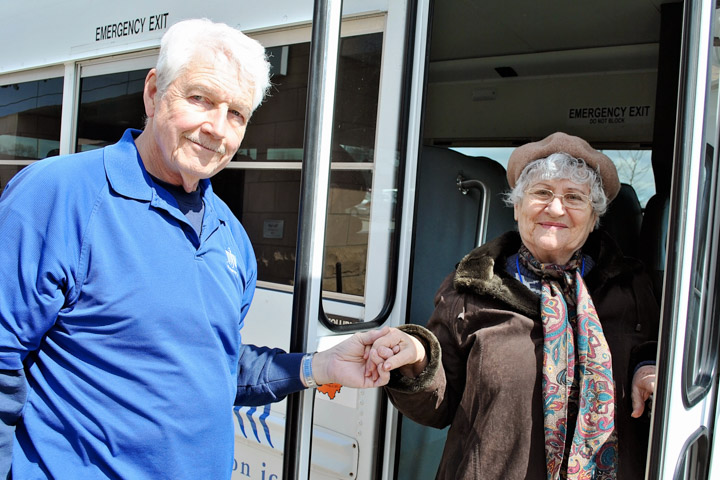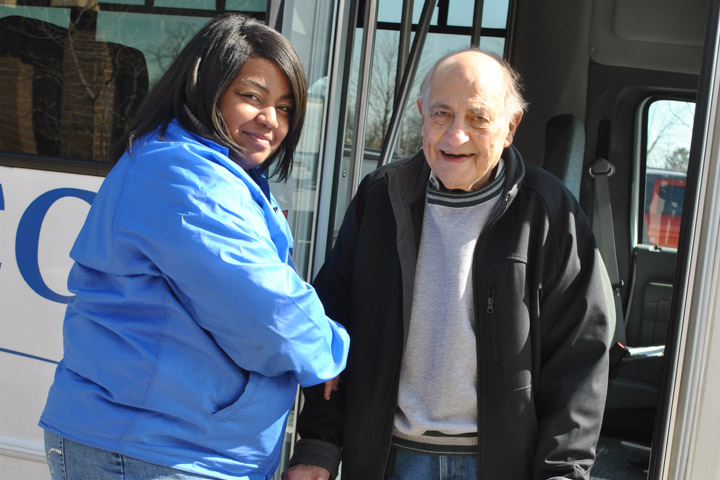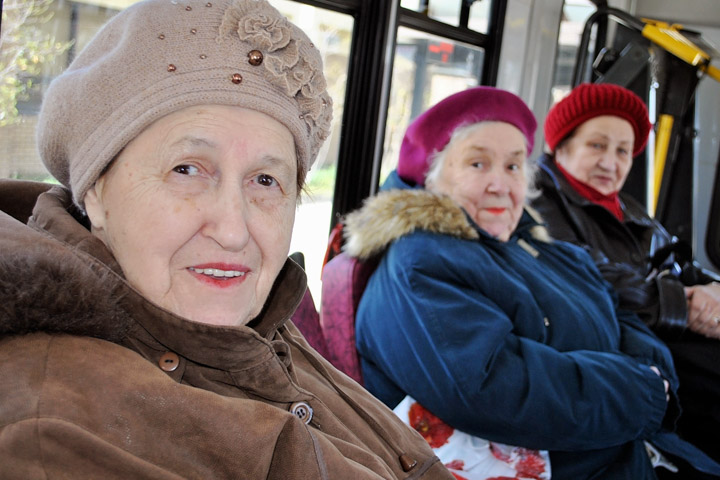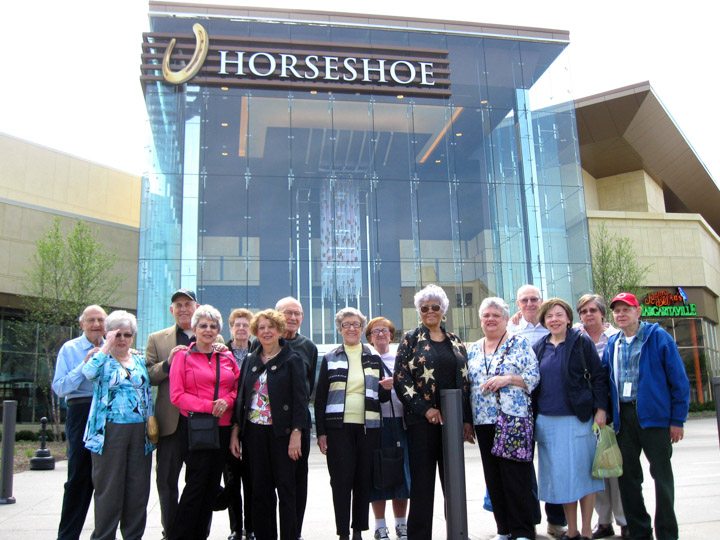Reflections from Cincinnati Delegates Josh Glynn and Hannah Levy…
Hannah:
Shabbat Shalom! Today we started with a little morning service, where we shared our true meaning of life. It was really amazing to hear each and every one of our statements on what we truly believe is the meaning of life. The answers went from “happiness” to “being true to yourself,” and entirely made us think deeply about the answer. We came to the conclusion that there is no right or wrong answer. As we finished up our service, we made our way to the remains of the Warsaw Ghetto. We learned about how Jews were treated in these places that our feet were actually standing on. What was so cruel and real was right in front of our faces, and beyond surreal. After the Warsaw Ghetto we made our way to the Polin Museum of History of the Polish Jews. Some of us may not be the museum type, but what they offered gave us reason to be. After we went through the entire museum we made our way to the Umshlagplatz (the train-station next to the ghetto, where the Jews of Warsaw were ordered to report, and then taken away on trains to the camps). This was something that spoke to me the most so far this entire trip. It sparked my eagerness to write today. At the memorial we were sitting waiting for Peppi (our tour guide) to explain where we were and what it was. Then suddenly, a man interrupted her and said “excuse me, sorry to interrupt but…” I thought maybe we had done something wrong. It happened to be that in the exact moment we were there, so was a women who entirely changed my life. Irene Kurtz is an 85 year old women who was 11 years old when she was standing with her family, on the verge of finding out which camp they would all be going to… where she was going to leave her loved ones forever, not having a clue that these camps were going to be hell. Not only did this happen to her, but it happened to her exactly where we were sitting. A few feet away, Irene as a little girl had been humiliated while the Nazis made her strip, get patted down, or anything else they ordered them to do. This meeting today was a fluke. It wasn’t planned that we ran into her. It wasn’t a guest surprise. It was a miracle that this woman had shown up. She told us a little about her life and when these things happened to her. Let me tell you- it’s a blessing she was there in front of our eyes. As a delegation we have heard stories and talked to survivors for the past few months before this trip, but the fact that this lady was tortured and starved in the same place we we were sitting about 77 years ago made this story different. It felt so real. It made me more proud to be a Jew than I have ever been in my entire life. I felt proud and strong to see my peers and I talk directly with a survivor in such a significant place, out of complete coincidence. Besheret is what I want to sign off with – a Yiddish word, meaning “meant to be.” Today was a day that was most definitely meant to be, and will forever have me believing in miracles.
-Hannah Levy, Sycamore HS
Josh G:
Although day four was on the lighter side, it was a meaningful day nonetheless. We started our day visiting different parts of the Warsaw Ghetto. Eventually we made our way to a beautiful museum in Poland that outlined the history and origin of European Judaism (almost all of our group originated). This museum was especially meaningful for me because it gave us a better understanding of all of the struggles the European Jews have been through before the Holocaust. I couldn’t help but notice that throughout the course of history, the Jewish people were constantly being persecuted and exiled. Unfortunately, this beautiful religion full of people that wanted nothing more than to live in peace were never able to do that. After going through this museum, a very important question came to me… Why is it always the Jews? Why are Jews the consistent scapegoat throughout European history? I then related this to slavery in America. In America, the majority race (White) enslaved the minority race (Black) because they felt they were lesser humans. They felt this way because of a difference in skin color. In Europe, the more powerful people (Nazi’s) convinced the majority of Europe that the Jews needed to be exterminated. This intolerance came because the Jews (minority) looked and acted different than the rest. Unfortunately, this is the world we live in. Bigger, more powerful groups of people attempt to assert their dominance on minorities because they are different. Whether they have different skin or beliefs, the common theme is different. As I was walking out of the museum, many thoughts were going through my head after such a powerful experience. I thought about the roles being reversed. If the Jews were the majority, and the Aryans the minority… would a similar event such as the Holocaust have occured? I surely hope not. Spending a day at the Polin Museum made me incredibly proud to be of Jewish descent. After everything… we as a religion are here on earth, prospering.
-Josh Glynn, Sycamore HS
We also went to the spot where Mila18 (the leaders of the Warsaw Uprising) fell, and learned about the unbreakable strength and fight of the young leaders who stood up against the Nazis.
At the end of a day of learning and history, we explored a bit in Warsaw’s old city, then ended Shabbat with our Havdalah service.
Our words around the closing circle tonight, after Havdalah:
Mishpacha
Shavuah Tov
Connected
Family
Anticipation
Ready
Excited
Foundation
Overwhelmed
Crazy
Ancestors
Lucky
During our journey, we’re sharing a few highlight photos per day in our daily blog, yet to see ALL of our photos (many per day), go to our shared album here. https://www.icloud.com/sharedalbum/#B0SJqstnBJ10BQS




